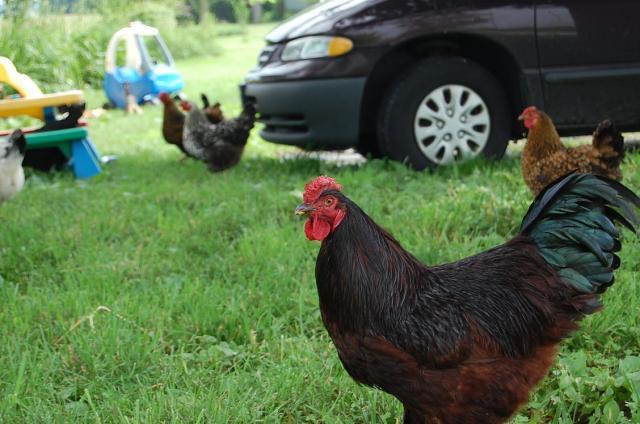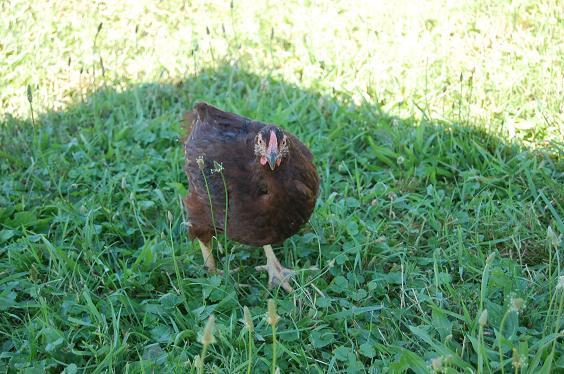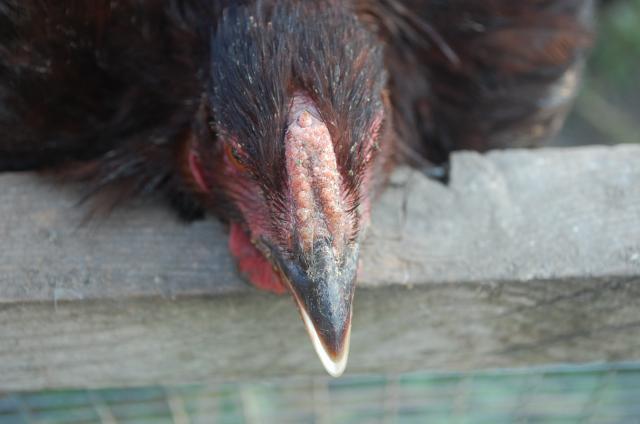Quote:
If both parents are pure for comb type,
Rose Comb x Single Comb = All offspring Rose Combed but with some minor flaws.
If you breed offspring together or Rose Comb offspring back to Single Comb the Rose Combs that come out of this cross will suffer greatly. They will have hollow centers, mutable spikes, over sized combs, narrow combs, Double Combs, etc.
Chris
unlike Pea Comb, Rose comb is considered a completely dominant trait, There may be copy number differences in comb mass, but the structure of the comb is not intermediate.
You would be surprised how much crossing Single Comb to Rose Comb and back crossing or line breeding will screw up a good Rose Comb.
I have been crossing Single Comb/ Rose Comb Rhode Island Reds for some time now and seen the out come.
Rooster with over size comb with hollow center out of a SC/ RC cross
Young Cockerel with Narrow Comb out of a SC/ RC cross
Cockerel with Double Comb out of a SC/ RC cross
Chris











